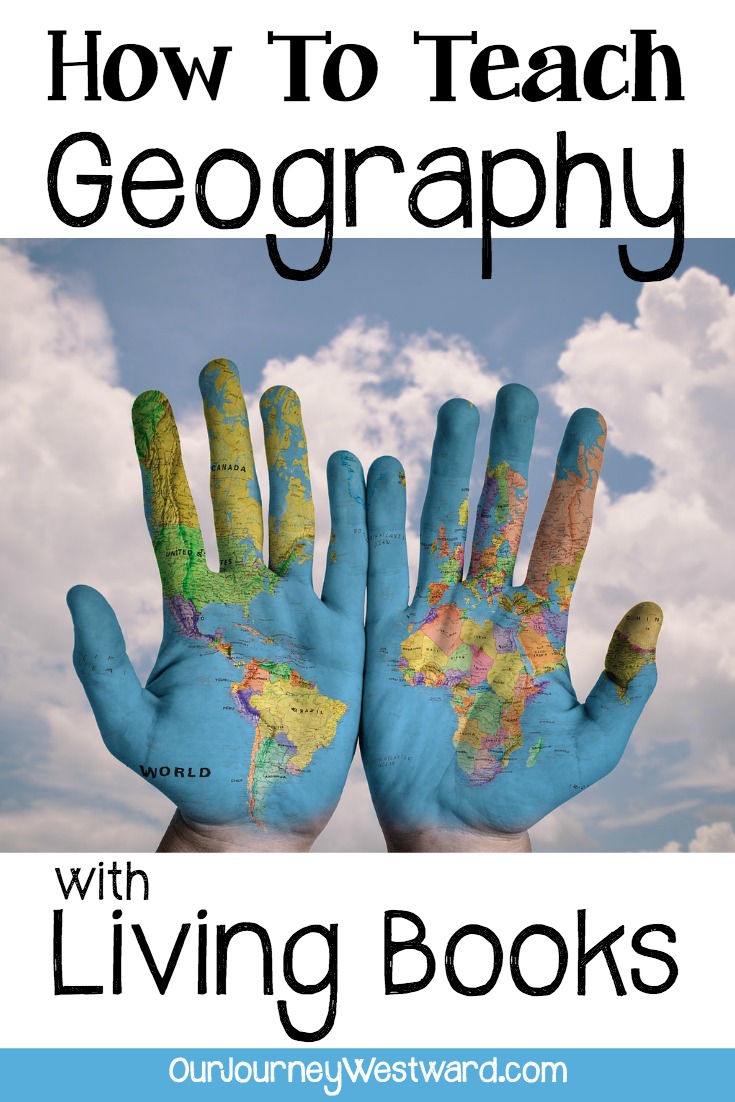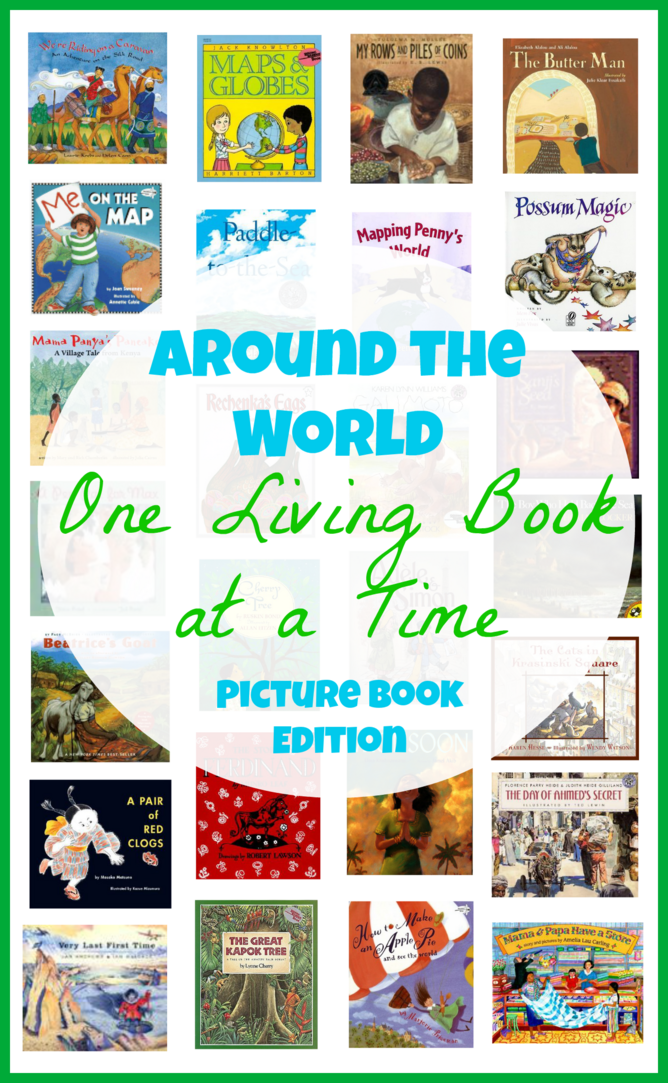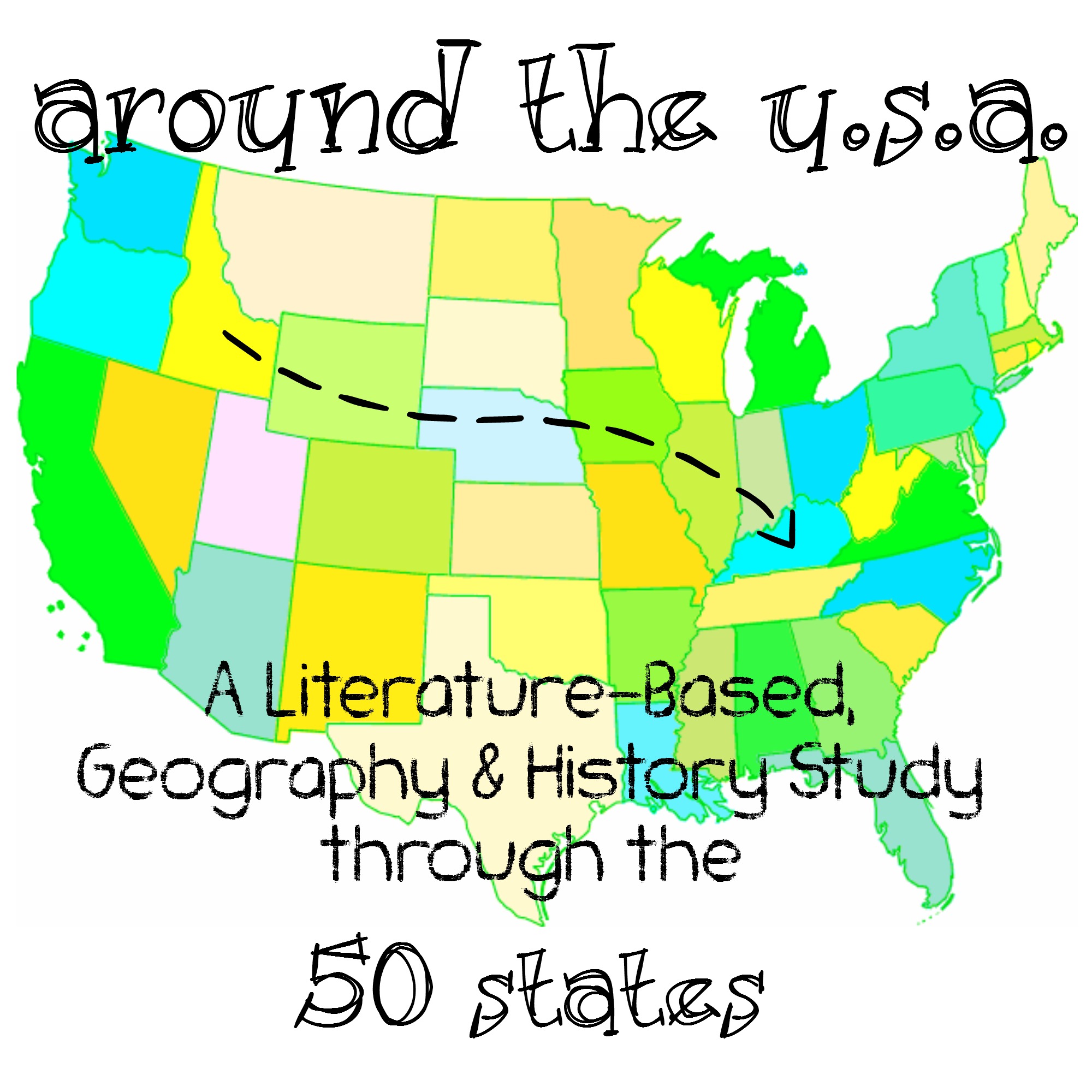How to Teach Geography with Living Books
I hated geography as a child. It was tedious and repetitive, and it involved lots of looking up things like the population of a given country that I have never cared to look up since. It wasn’t until I learned to teach geography with living books and learned right alongside my children that I realized what a joy it really is.
What is Geography?
Simply put, geography is the relationship of every place to someplace else and the understanding of each place’s physical features and activities. It gives us a sense of belonging, a sense of our own place in the world in relation to other humans, just as history gives us a sense of our place in the world’s timeline.
What better way to introduce a child to all the wonders of our world than to use living books and travel alongside heroes, explorers, missionaries, and adventurers? Children form a relationship with that person and travel in their minds’ eye alongside them across rivers, through jungles, and deep into the rainforests. It’s a winning way to introduce children joyously to the world!

Teach Geography with Living Books
It’s so easy to teach geography with living books!
Step one: Visit your library or bookstore and choose a few books from a particular state, region, country, or continent. Or, you could choose a few books that focus on similar physical features of the world – like mountainous regions, islands, tundras, or tropical rainforests. You’ll want to find books with engaging characters, maybe some adventure, and a story that grips you.
Step two: Head home, curl up on the couch, and jump into a story.
That’s it!
For some fabulous options, see my list of living literature picture books for world geography or my list of living literature picture books for U.S. geography.
Around the World LiteratureAround the USA Literature
This post contains affiliate links.
I found a great list of suggested favorite living geography books for older children, too. In addition, consider books by Canadian author Farley Mowat, like Owls in the Family, The Dog Who Wouldn’t Be, and Lost in the Barrens. These and his others are great for looking at less commonly written-about landscapes. (Mowat’s books can be a bit saucy at times. Be aware.)
After Reading Activities
Some simple narration with a quick peek at a map or globe can suffice after any reading.
Almost always, though, as we find the place we’re reading about on our wall map or globe, we see where it is in relation to other places we’ve “visited.” This leads to great discussions about climate, biomes, latitude & longitude, and even how far we’d have to travel to visit. Map viewing is also a way to naturally and understandably discuss otherwise tough topics, like the Gulf Stream. Most children won’t even realize how much they’re absorbing until a future relationship between places pops up, sometimes many books later.
If we’ve never “visited” the area, I’ll usually print off a blank map for coloring, labeling, or tracing. It’s especially nice when my son recognizes previously “visited” places on the blank map before we even get started!
Notebooking sometimes follows the reading. More often than not, he’s notebooking while I’m reading aloud. My son usually draws a simple picture from what we read or writes some things that grab his attention.
Anytime you’d like to really extend the geographical learning from a book, consider assigning a bigger project—like accordion postcards, a diorama, or a poster board report.
You might even find a field trip that ties in beautifully. For example, you might think about rock climbing while reading about a cliff-side adventure or the aquarium when reading about islanders.
Geography CAN Be Fun
Teaching geography with living books is highly effective, painless, and indescribably wonderful. You’ll see your children’s knowledge grow book by book without much effort. But books aren’t the only things we use to teach geography in our homeschool.
We have had tons of fun over the years with games, too! Games aren’t nearly as good at making people, places, and cultures come alive, but they offer several benefits. Quick recall of location and noting things like country flags are two examples. I’ve compiled a list of our favorite geography games in this post:
Please share your favorite living books or games for teaching geography!
Other posts you may like:
Products you may like:
-
 Habitats$20.00
Habitats$20.00 -
 40 Nature Walks: Volume 1$24.00
40 Nature Walks: Volume 1$24.00 -
 50 States Notebooking Pages$12.00
50 States Notebooking Pages$12.00







2 Comments